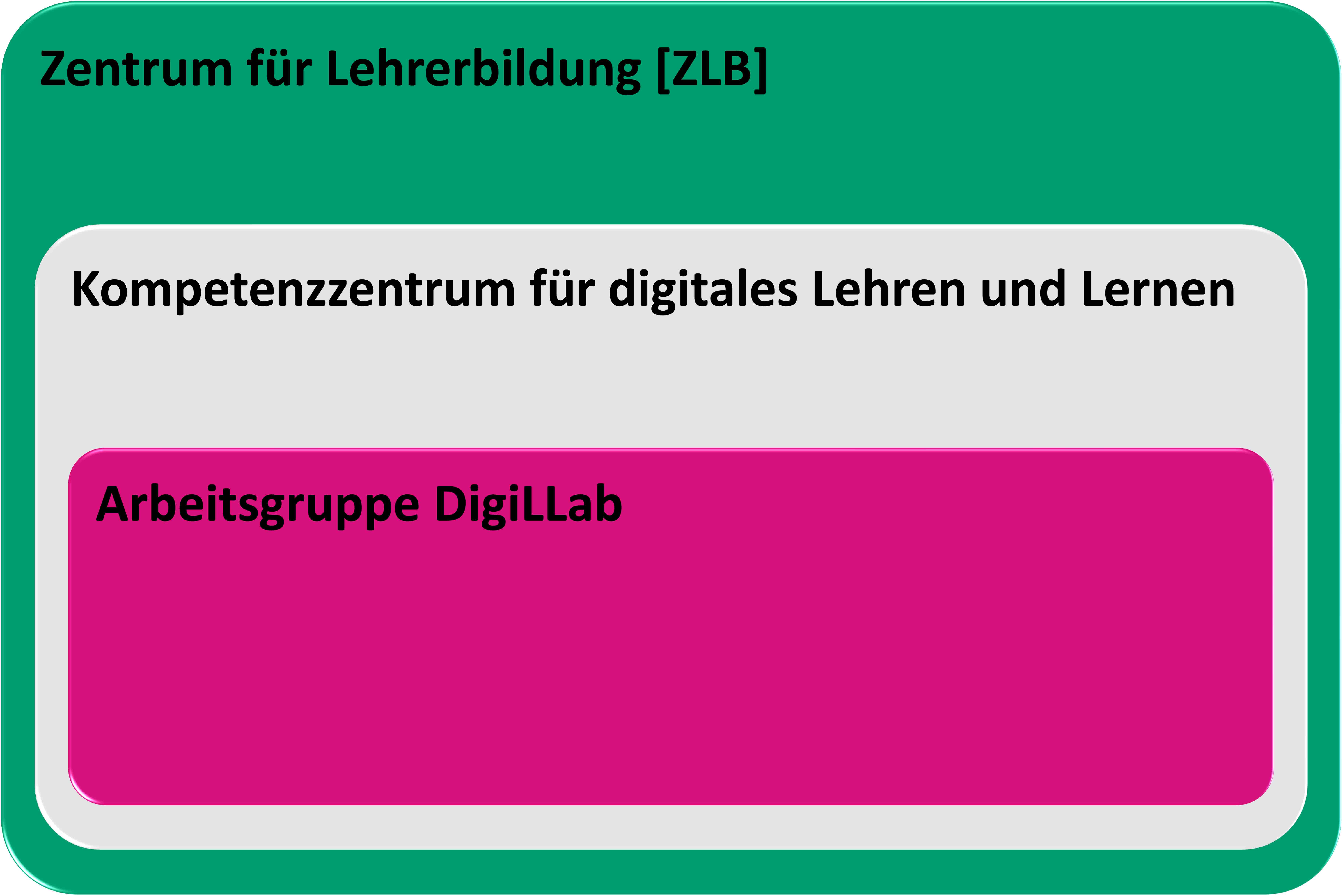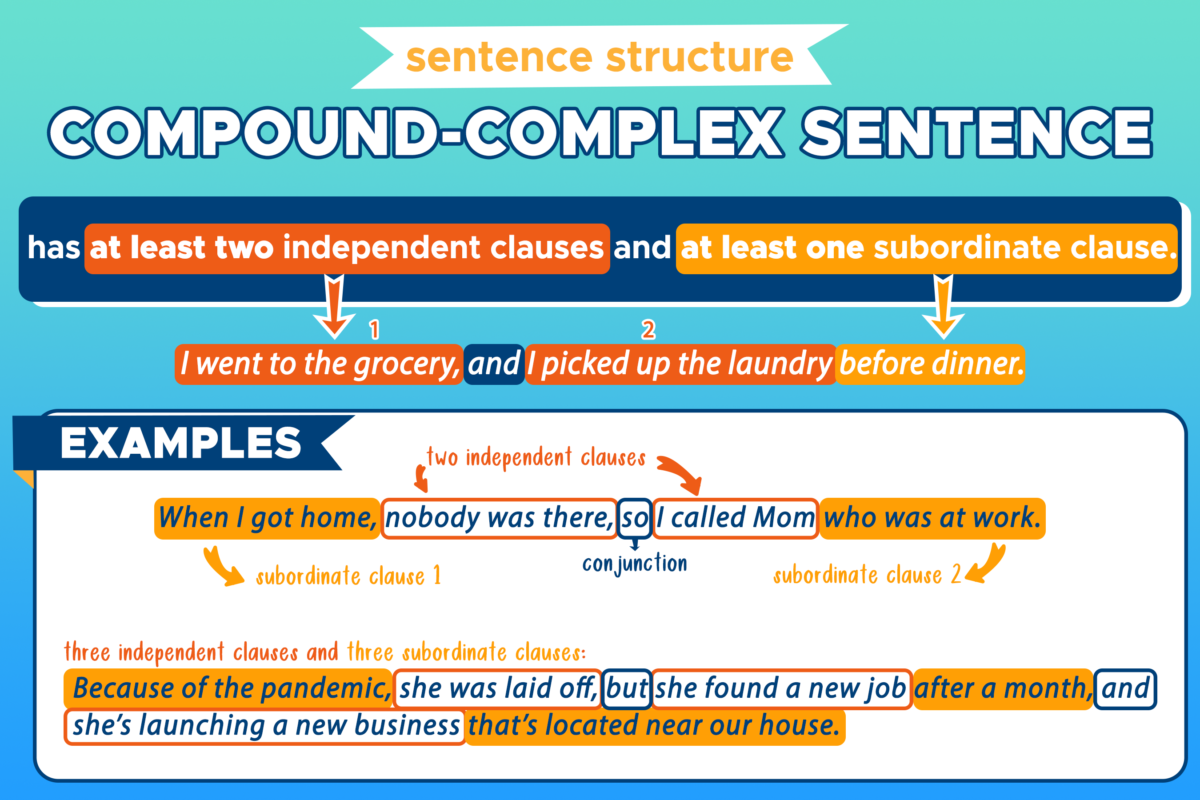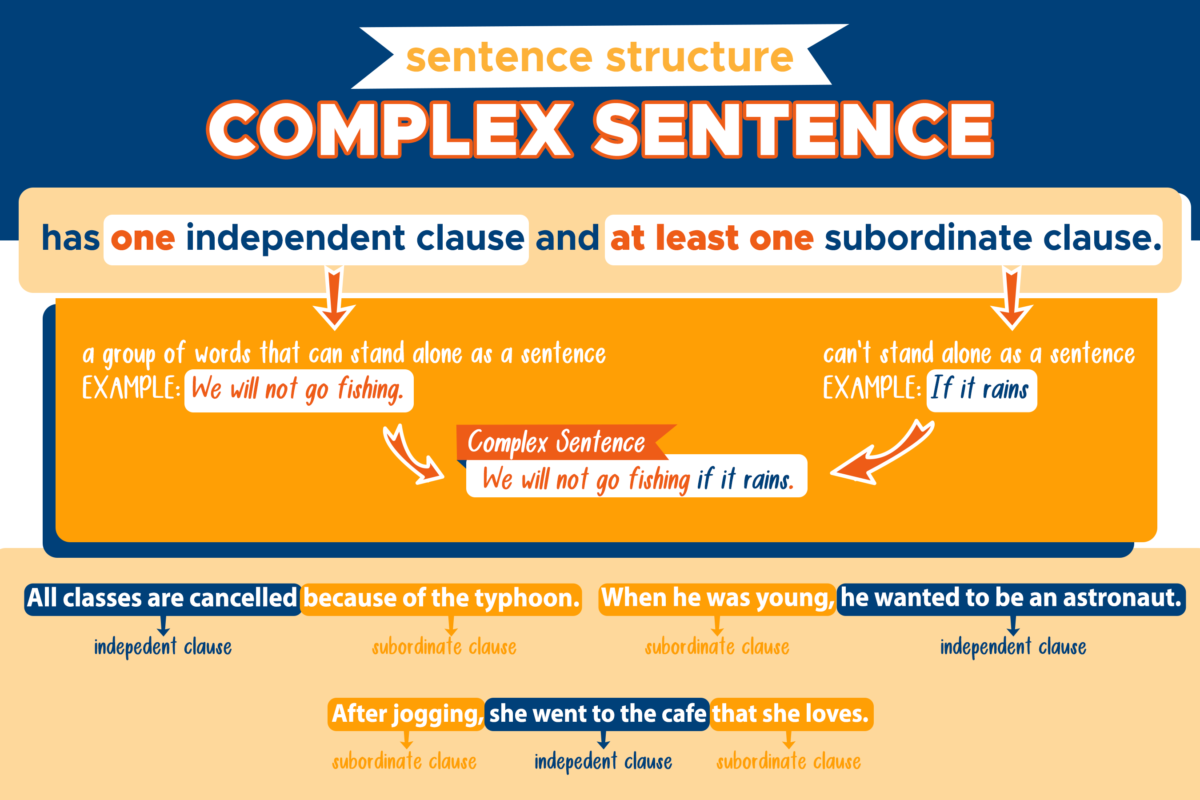Which Word Signals A Nonrestrictive Clause In A Complex Sentence
Which Word Signals A Nonrestrictive Clause In A Complex Sentence - The relative pronouns “which,” “who,” “whom,” and “whose” can all be used to signal a nonrestrictive clause in a complex sentence. Which word signals a nonrestrictive clause in a complex sentence? While and yet are used as conjunctions to show contrast or time relations. That is commonly used to introduce restrictive clauses, which are. The relative pronouns “which,” “who,” “whom,” and “whose” can all be used to signal a nonrestrictive clause in a complex sentence. In grammar, a nonrestrictive clause provides additional information about a noun or pronoun in the main clause but is not essential to. It is offset with commas or other parenthetical punctuation. In complex sentences, the word which typically signals a nonrestrictive clause. A (n) ________ clause should always be separated from the rest of the sentence.
The relative pronouns “which,” “who,” “whom,” and “whose” can all be used to signal a nonrestrictive clause in a complex sentence. While and yet are used as conjunctions to show contrast or time relations. In grammar, a nonrestrictive clause provides additional information about a noun or pronoun in the main clause but is not essential to. It is offset with commas or other parenthetical punctuation. A (n) ________ clause should always be separated from the rest of the sentence. In complex sentences, the word which typically signals a nonrestrictive clause. The relative pronouns “which,” “who,” “whom,” and “whose” can all be used to signal a nonrestrictive clause in a complex sentence. Which word signals a nonrestrictive clause in a complex sentence? That is commonly used to introduce restrictive clauses, which are.
In complex sentences, the word which typically signals a nonrestrictive clause. In grammar, a nonrestrictive clause provides additional information about a noun or pronoun in the main clause but is not essential to. It is offset with commas or other parenthetical punctuation. While and yet are used as conjunctions to show contrast or time relations. The relative pronouns “which,” “who,” “whom,” and “whose” can all be used to signal a nonrestrictive clause in a complex sentence. The relative pronouns “which,” “who,” “whom,” and “whose” can all be used to signal a nonrestrictive clause in a complex sentence. A (n) ________ clause should always be separated from the rest of the sentence. That is commonly used to introduce restrictive clauses, which are. Which word signals a nonrestrictive clause in a complex sentence?
Relative Clause Examples with Answers Word Coach
In grammar, a nonrestrictive clause provides additional information about a noun or pronoun in the main clause but is not essential to. The relative pronouns “which,” “who,” “whom,” and “whose” can all be used to signal a nonrestrictive clause in a complex sentence. It is offset with commas or other parenthetical punctuation. A (n) ________ clause should always be separated.
Coordinate Clauses Which Word Signals A Nonrestrictive Clause In A
The relative pronouns “which,” “who,” “whom,” and “whose” can all be used to signal a nonrestrictive clause in a complex sentence. In complex sentences, the word which typically signals a nonrestrictive clause. Which word signals a nonrestrictive clause in a complex sentence? It is offset with commas or other parenthetical punctuation. While and yet are used as conjunctions to show.
Organisationsstruktur
That is commonly used to introduce restrictive clauses, which are. Which word signals a nonrestrictive clause in a complex sentence? A (n) ________ clause should always be separated from the rest of the sentence. In grammar, a nonrestrictive clause provides additional information about a noun or pronoun in the main clause but is not essential to. It is offset with.
Complex Sentence Promova Grammar
It is offset with commas or other parenthetical punctuation. The relative pronouns “which,” “who,” “whom,” and “whose” can all be used to signal a nonrestrictive clause in a complex sentence. In complex sentences, the word which typically signals a nonrestrictive clause. Which word signals a nonrestrictive clause in a complex sentence? While and yet are used as conjunctions to show.
Which word signals a nonrestrictive clause in a complex sentence
It is offset with commas or other parenthetical punctuation. In complex sentences, the word which typically signals a nonrestrictive clause. The relative pronouns “which,” “who,” “whom,” and “whose” can all be used to signal a nonrestrictive clause in a complex sentence. While and yet are used as conjunctions to show contrast or time relations. That is commonly used to introduce.
Coordinate Clauses Which Word Signals A Nonrestrictive Clause In A
In grammar, a nonrestrictive clause provides additional information about a noun or pronoun in the main clause but is not essential to. While and yet are used as conjunctions to show contrast or time relations. The relative pronouns “which,” “who,” “whom,” and “whose” can all be used to signal a nonrestrictive clause in a complex sentence. That is commonly used.
Compound Complex Sentence Sentence Structure Curvebreakers
That is commonly used to introduce restrictive clauses, which are. Which word signals a nonrestrictive clause in a complex sentence? The relative pronouns “which,” “who,” “whom,” and “whose” can all be used to signal a nonrestrictive clause in a complex sentence. In grammar, a nonrestrictive clause provides additional information about a noun or pronoun in the main clause but is.
Coordinate Clauses Which Word Signals A Nonrestrictive Clause In A
A (n) ________ clause should always be separated from the rest of the sentence. The relative pronouns “which,” “who,” “whom,” and “whose” can all be used to signal a nonrestrictive clause in a complex sentence. In grammar, a nonrestrictive clause provides additional information about a noun or pronoun in the main clause but is not essential to. In complex sentences,.
Which Word Signals A Nonrestrictive Clause In A Complex Sentence? That
A (n) ________ clause should always be separated from the rest of the sentence. In grammar, a nonrestrictive clause provides additional information about a noun or pronoun in the main clause but is not essential to. That is commonly used to introduce restrictive clauses, which are. While and yet are used as conjunctions to show contrast or time relations. The.
Complex Sentence Sentence Structure Curvebreakers
While and yet are used as conjunctions to show contrast or time relations. It is offset with commas or other parenthetical punctuation. That is commonly used to introduce restrictive clauses, which are. Which word signals a nonrestrictive clause in a complex sentence? A (n) ________ clause should always be separated from the rest of the sentence.
Which Word Signals A Nonrestrictive Clause In A Complex Sentence?
It is offset with commas or other parenthetical punctuation. The relative pronouns “which,” “who,” “whom,” and “whose” can all be used to signal a nonrestrictive clause in a complex sentence. In complex sentences, the word which typically signals a nonrestrictive clause. While and yet are used as conjunctions to show contrast or time relations.
A (N) ________ Clause Should Always Be Separated From The Rest Of The Sentence.
That is commonly used to introduce restrictive clauses, which are. The relative pronouns “which,” “who,” “whom,” and “whose” can all be used to signal a nonrestrictive clause in a complex sentence. In grammar, a nonrestrictive clause provides additional information about a noun or pronoun in the main clause but is not essential to.









